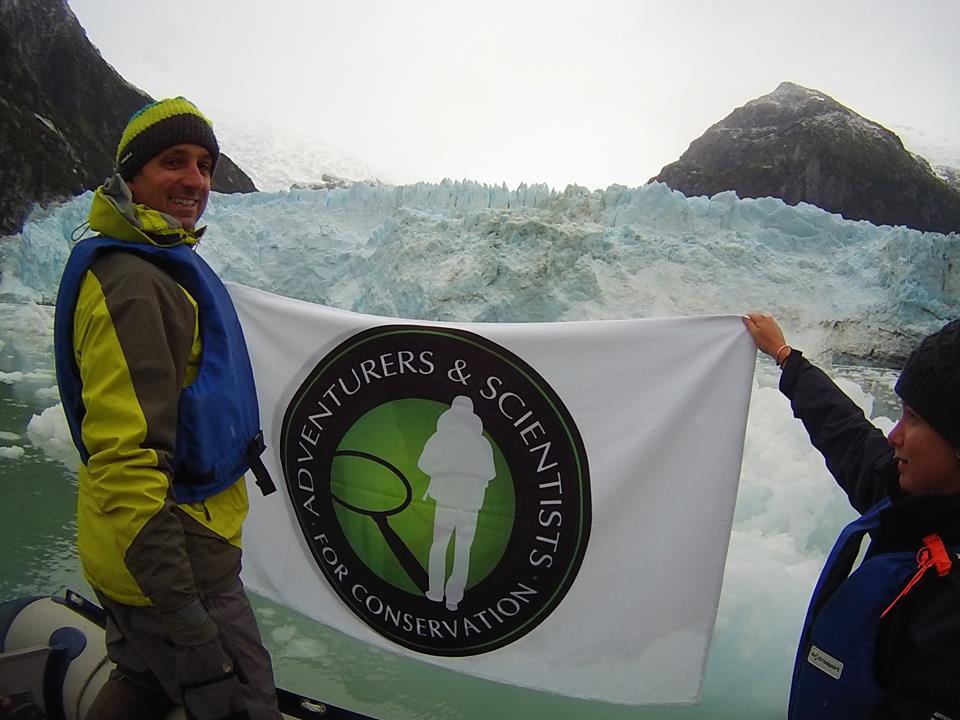
This is the first day that I’ve been brave enough to pull out my computer, one of the fastest ways to get sea sick is trying to write a blog at sea (or read, or watch TV) before your stomach is ready.
We’ve had a few interesting scientific adventures along the way. We were doing some trawls, which were working quite well. We’ve been experimenting with different lengths of line to try and get slightly different depths. When we tried the longest line possible we would have got some excellent samples however we left it for too long through a kelp patch and ended up with a 100% kelp sample, which wasn’t so helpful.
Yesterday we ran a transect with a shorter line due to the waves and wind. This worked very successfully and whilst it is yet to be analysed (looking at small things on a moving ship another great way to get ill) there were a few krill which is exciting to see. The net is currently out and we’ll be
doing a second transect today while the weather is good and it’s safe to go up on deck. Fingers crossed that we get some good samples.
So far we haven’t been fishing. There have been too many albatross around and the last thing any of us want to do is catch an albatross! However we’re hopeful that we will be able to catch some fish around the Falklands. We also haven’t been doing visual transects, due to the height of the seas and
distance to shore, the captain isn’t comfortable with anyone being on deck who doesn’t have to be, man overboard being one of the worst case scenarios.
Safety before science!
In other news we have been sailing! With sails and the wind. Not consistently, sadly, but it's been great! Apparently the wind apparently hasn’t been reading the weather forecast and wasn’t aware that it was supposed to be providing perfect sailing breezes. Instead we’ve been getting short periods of perfect (sailing) weather followed by very low winds which involved a lot of switching of sails and on and off with the engine. But it’s been a lesson in very practical physics, learning which sails need the wind at which angle and with what strength. It’s always a trade-off between the straightest
route and the best winds, it’s all too easy to go very quickly in the wrong direction!
For me, this has been one of the highlights. Learning how the boat moves differently when it is under sail and learning how to balance all the different demands of direction, wind and sails. Not to mention learning that you really can’t always trust the GPS!
More to come later! Fingers crossed for some fish in the Falklands.
- Amelia (Scientist on board the Ocean Tramp - Quixote Expeditions)
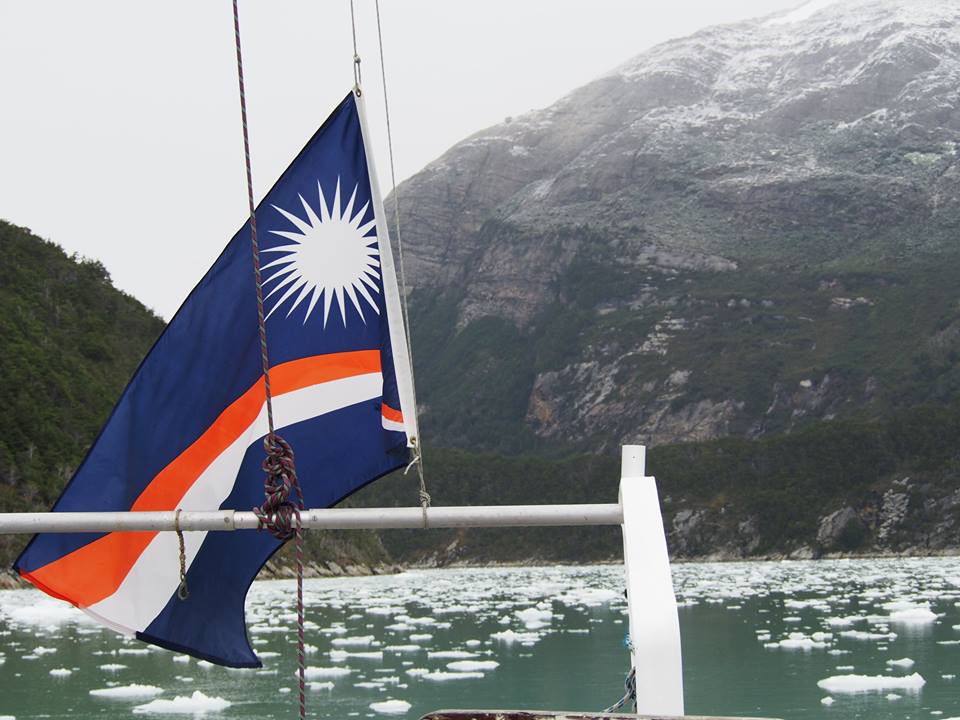
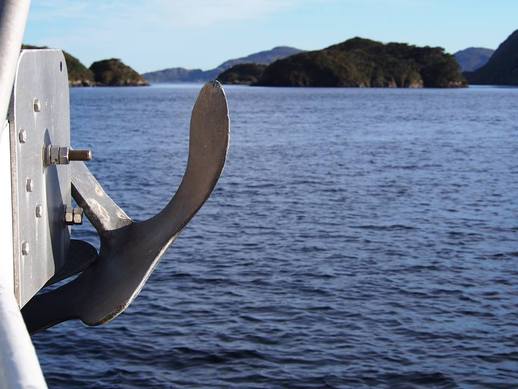
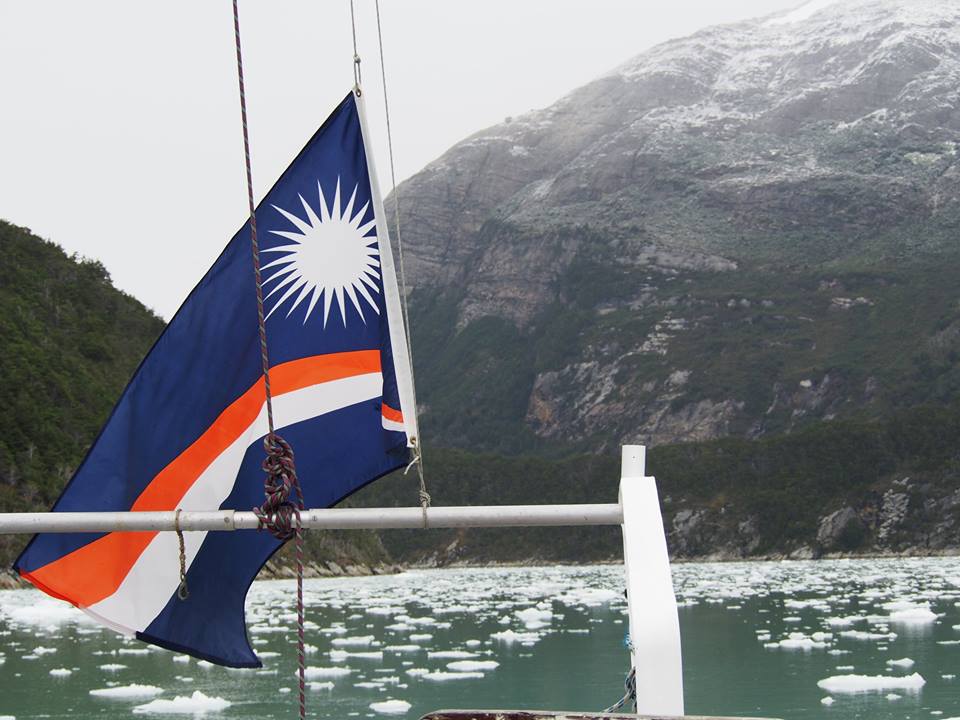
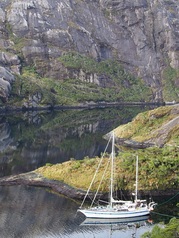
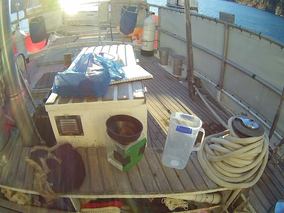

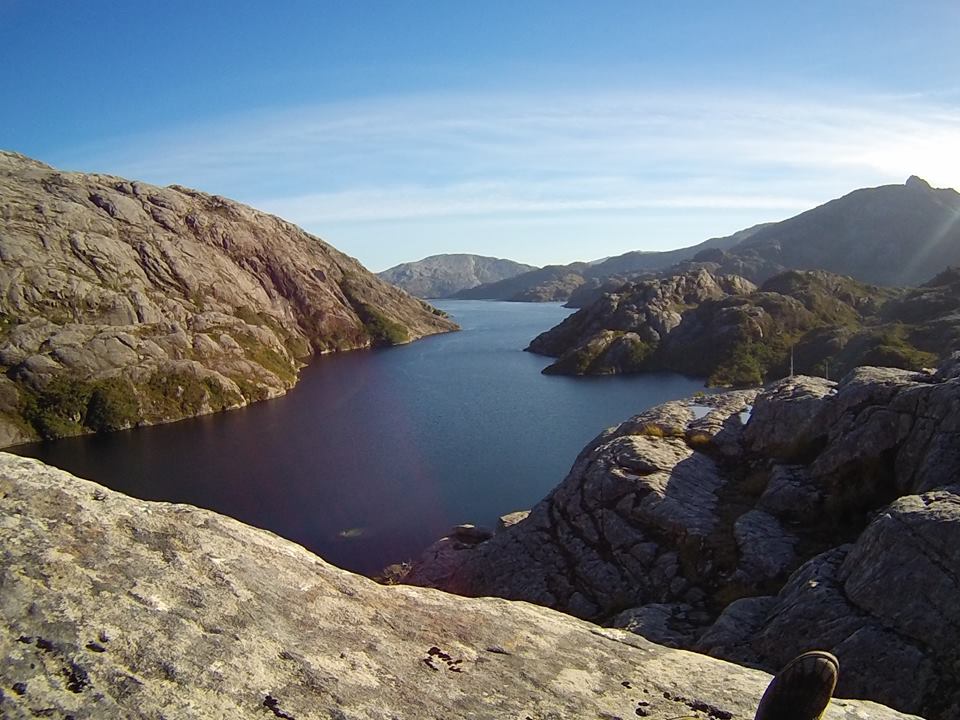
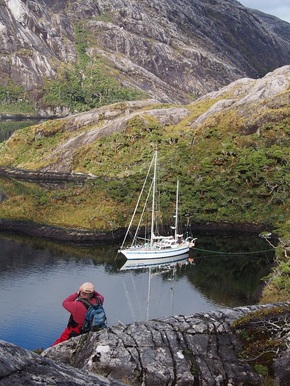

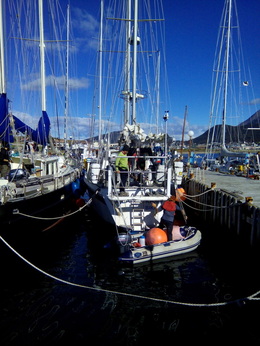
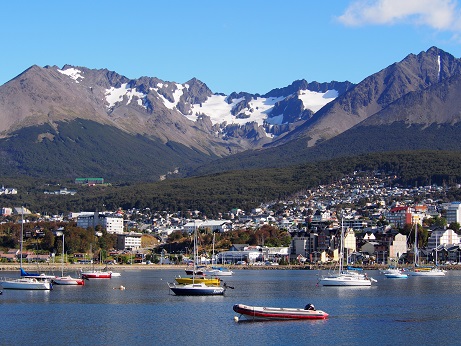
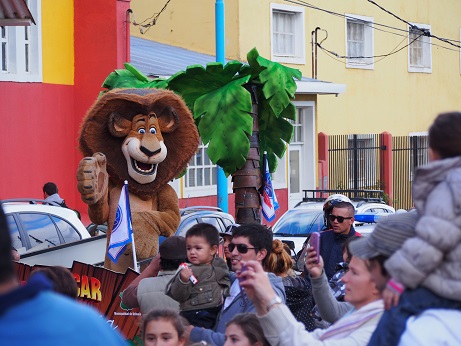
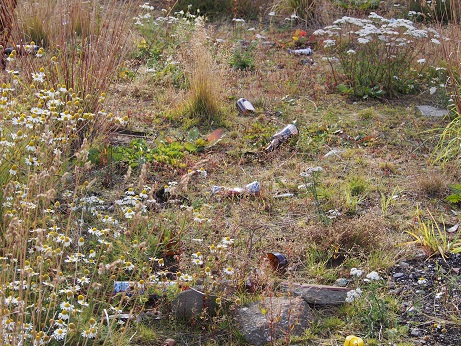


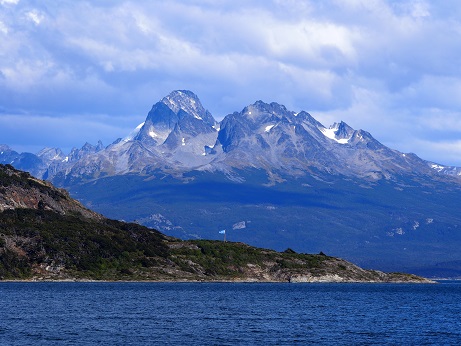
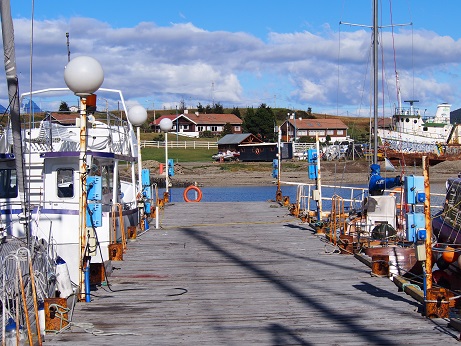
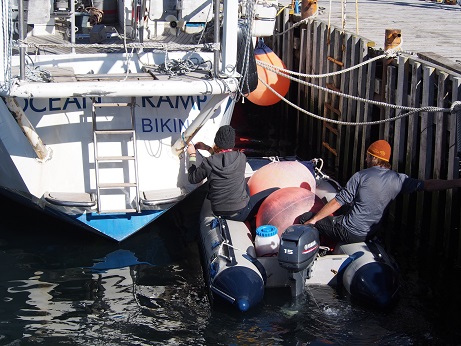
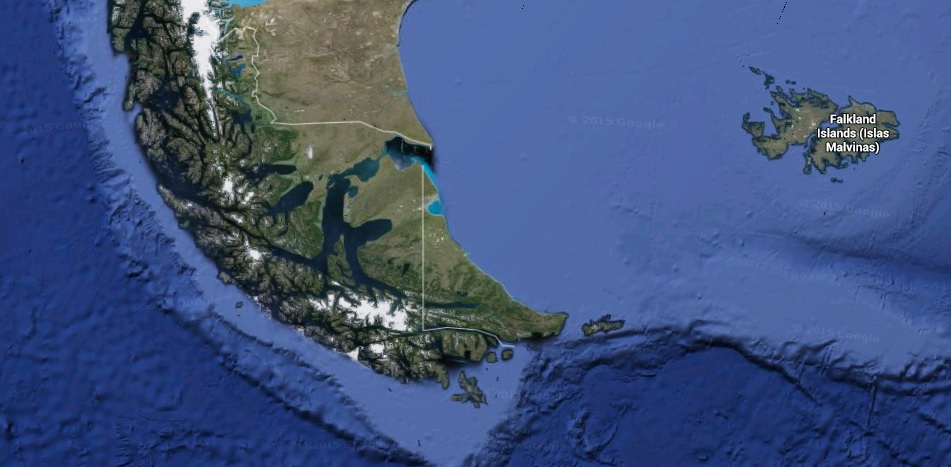
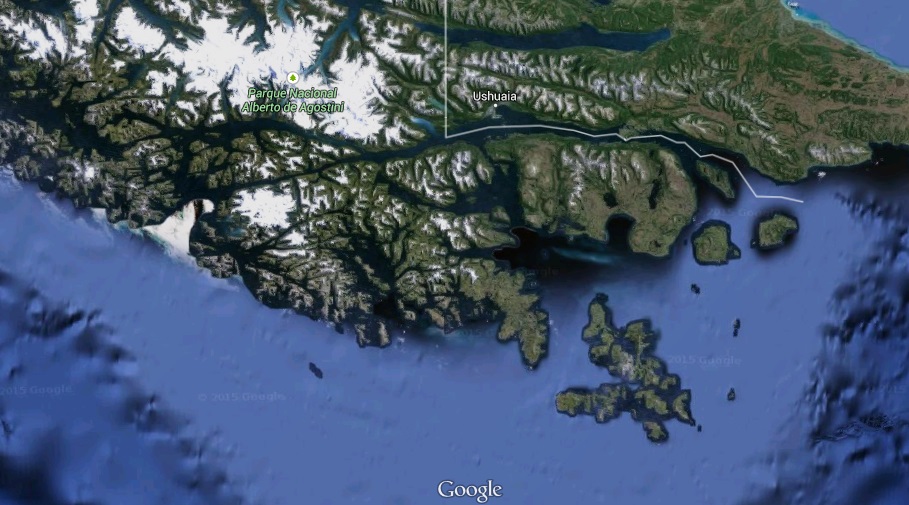
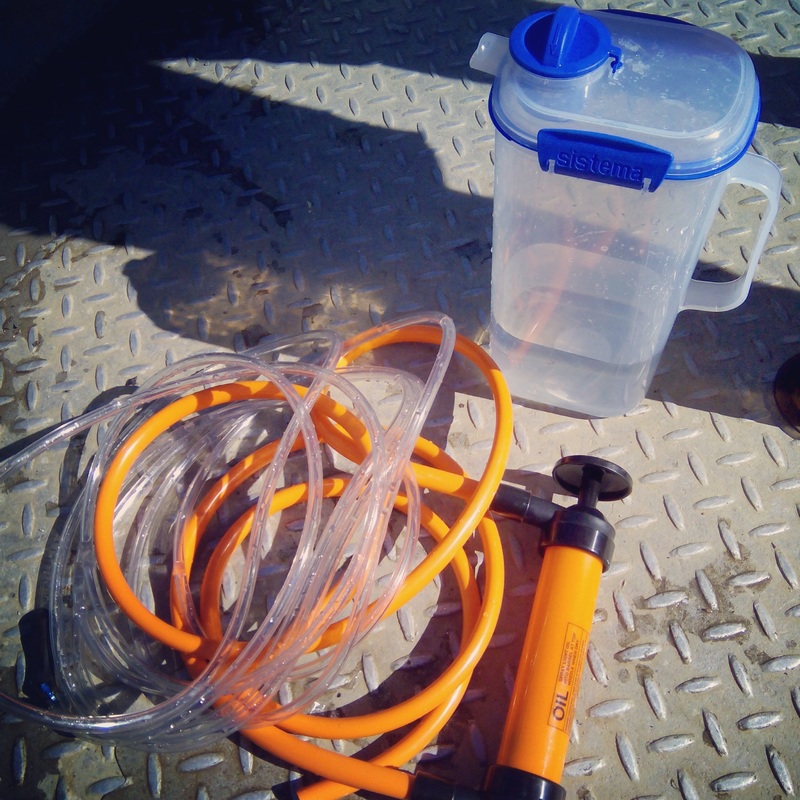
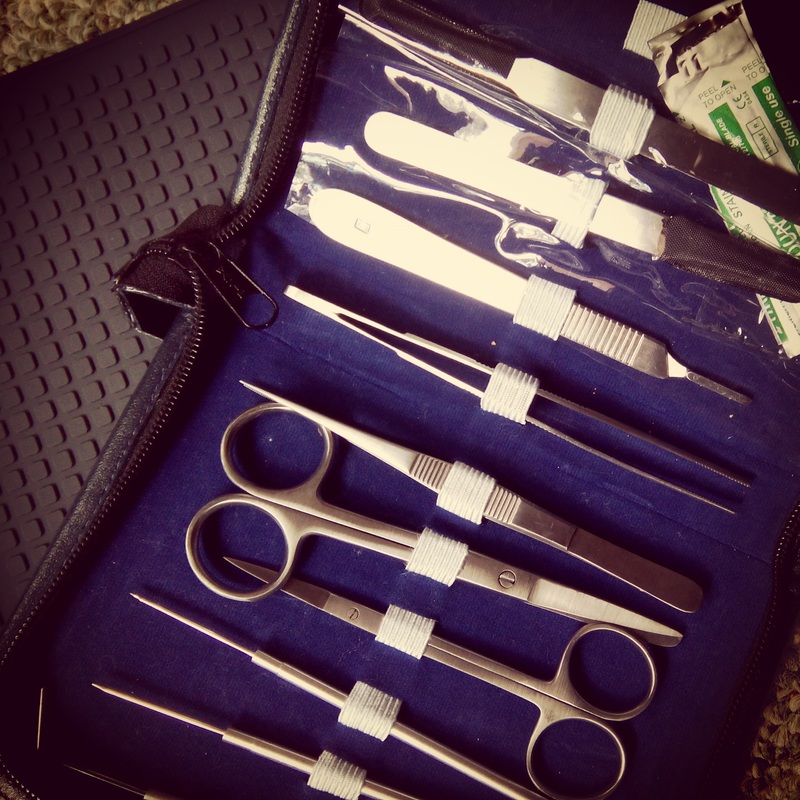
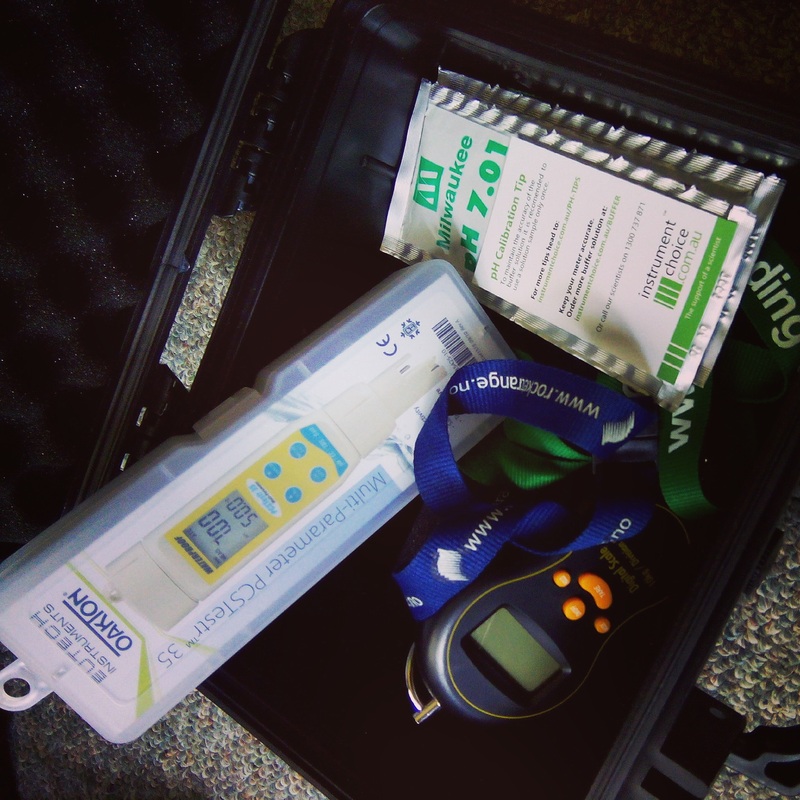
 RSS Feed
RSS Feed
